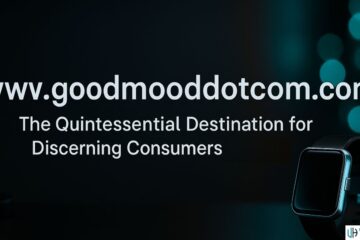In today’s fiercely competitive business landscape, generating quality leads is the cornerstone of a successful sales strategy. Whether you’re a seasoned marketer or a business owner looking to boost your revenue, mastering the art of lead generation is crucial. In this comprehensive guide, we’ll explore the ins and outs of lead generation, providing you with actionable insights and strategies to skyrocket your sales.
Understanding the Basics of Lead Generation

What Are Leads?
Leads are potential customers who have shown interest in your products or services. They are individuals or businesses that have provided their contact information or engaged with your marketing efforts in some way.
Why Is Lead Generation Important?
Lead generation is the lifeblood of your sales funnel. Without a consistent influx of leads, your sales team would have nothing to work with. Effective lead generation ensures a steady stream of potential customers to nurture and convert into paying clients.
Types of Leads
- Cold Leads: These are individuals or businesses who have shown minimal interest in your offerings and require substantial nurturing.
- Warm Leads: These leads have displayed some interest and are more likely to convert.
- Hot Leads: These are highly engaged and interested prospects who are close to making a purchase decision.
Lead vs. Prospect vs. Customer
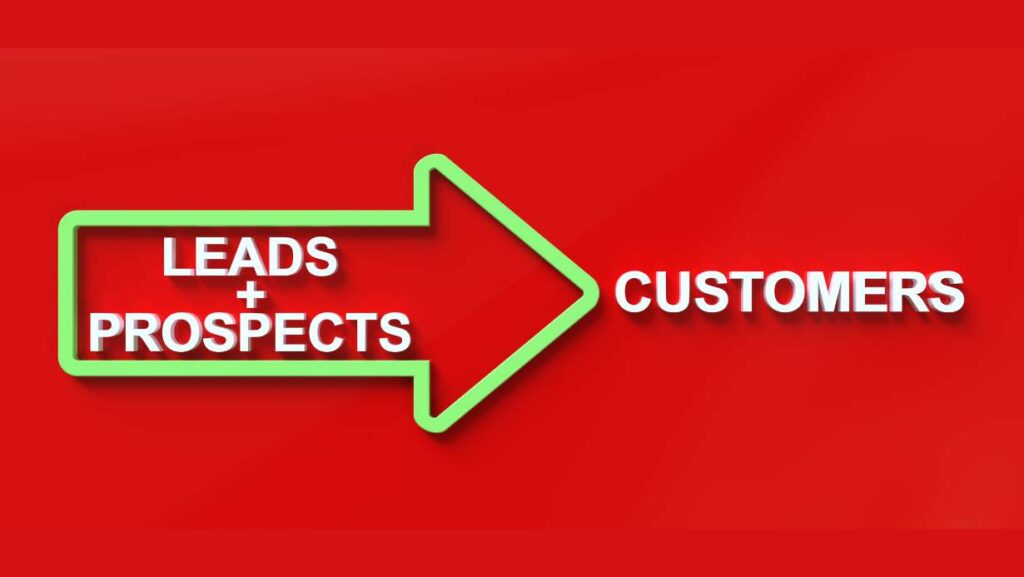
In the realm of marketing and sales, understanding the distinctions between leads, prospects, and customers is essential.
- Lead: A lead is a person or entity who has shown interest in your product or service but has not yet made a purchase. Leads can be acquired through various means, such as filling out a contact form, subscribing to a newsletter, or downloading a free resource.
- Prospect: A prospect is a lead who has moved further along the sales funnel. They have engaged with your business more actively and are more likely to make a purchase in the near future, especially when you leverage effective prospecting tools.
- Customer: Once a prospect makes a purchase, they become a customer. The ultimate goal of lead generation is to convert leads into customers.
The Lead Generation Process
Lead generation involves a series of steps:
- Attraction: Attracting the attention of potential leads through marketing efforts, such as content creation, advertising, or social media engagement.
- Capture: Collecting information about leads, typically through contact forms or sign-up processes.
- Nurture: Building relationships with leads by providing valuable content, addressing their needs, and maintaining regular communication.
- Convert: Guiding leads through the sales funnel and convincing them to make a purchase or take a desired action.
- Measure: Continuously tracking and analyzing lead generation efforts to refine strategies and improve results.
Building an Effective Lead Generation Strategy
To harness the full potential of lead generation, you need a well-thought-out strategy.
Defining Your Target Audience
Before you can generate leads, you must know who your ideal customers are. Create detailed buyer personas to guide your marketing efforts.
Crafting Irresistible Offers
Entice potential leads with valuable offers. This could be anything from ebooks and webinars to free trials and discounts.
Leveraging Multiple Channels
Diversify your lead sources. Relying on a single channel can be risky. Explore email marketing, social media, content marketing, and more.
The Power of Content Marketing

Creating High-Quality Content
Content is king in the world of lead generation. Produce informative and engaging content that addresses your audience’s pain points.
Blogging for Leads
Maintain a blog that regularly provides valuable insights. Blogs can be a powerful tool for attracting and retaining leads.
Email Marketing and Lead Nurturing
Email is a direct and effective way to nurture leads. Segment your email list and send personalized content to engage leads at different stages.
Social Media: A Lead Generation Goldmine
- Harnessing the Potential of Social Platforms: Social media platforms offer extensive opportunities for lead generation. Build a strong presence and engage with your audience.
- Paid Advertising for Lead Generation: Invest in paid social media advertising to reach a wider audience and capture leads through targeted campaigns.
SEO: Your Guide to Organic Leads
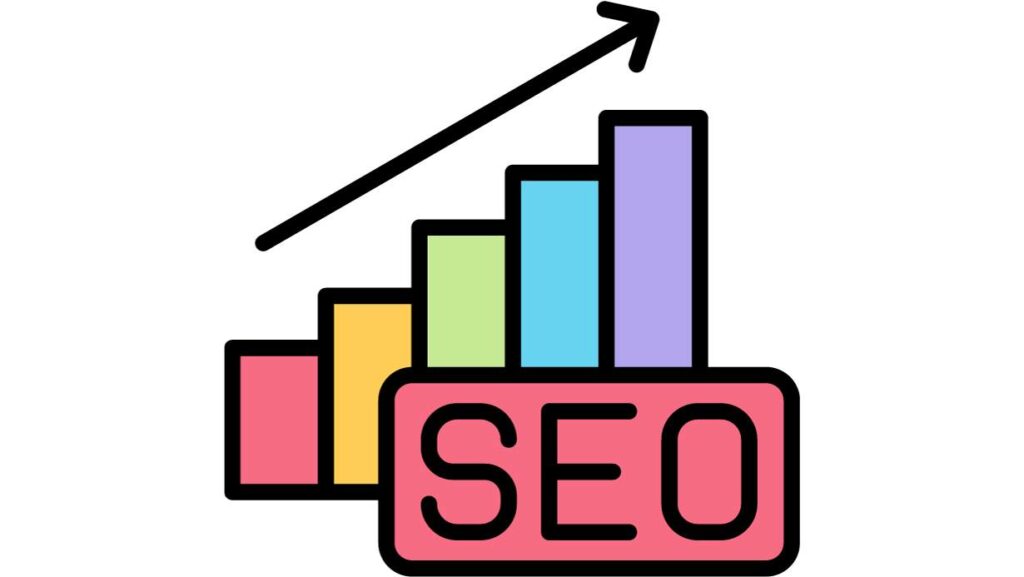
Optimizing Your Website
A well-optimized website ranks higher in search results, attracting organic traffic that can be converted into leads.
Mastering Keyword Research
Keyword research helps you identify the search terms your target audience uses, allowing you to create content that resonates, especially when you leverage effective keyword research tools.
Blog SEO for Lead Generation
Apply SEO techniques to your blog content to improve its visibility and attract organic leads.
Paid Advertising: Quick Wins for Lead Generation
- Google Ads: Google Ads allows you to display your ads to users actively searching for your products or services, making it a potent lead-generation tool.
- Facebook Ads: Leverage Facebook’s vast user base and targeting options to capture leads interested in your offerings.
- LinkedIn Ads: For B2B lead generation, LinkedIn ads can be highly effective in reaching decision-makers in businesses.
Conversion Rate Optimization (CRO)
- A/B Testing: Optimize your landing pages and CTAs through A/B testing to boost conversion rates.
- Landing Page Optimization: Ensure your landing pages are user-friendly and optimized to capture leads effectively.
- Call-to-Action (CTA) Best Practices: Craft compelling CTAs that encourage visitors to take action, such as signing up or requesting more information.
Analytics and Tracking

Monitoring Your Lead Generation Efforts
Use analytics tools to track the performance of your lead generation campaigns and make data-driven decisions.
Key Metrics to Watch
Focus on metrics like conversion rate, click-through rate, and lead quality to measure the success of your efforts.
Adjusting Your Strategy
Regularly analyze data to identify areas for improvement and refine your lead generation strategy accordingly.
CRM Systems: Managing Your Leads Effectively
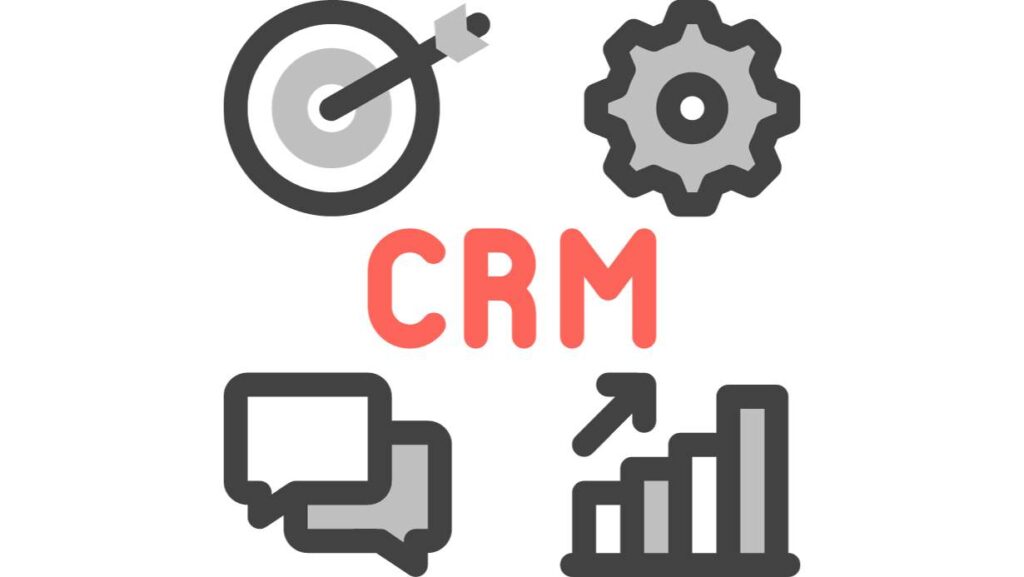
Choosing the Right CRM
Select a Customer Relationship Management (CRM) system that aligns with your lead-building goals and integrates with your marketing efforts.
Lead Segmentation
Segment your leads based on characteristics like demographics, behavior, and engagement level to tailor your communication.
Automated Lead Nurturing
Automate repetitive tasks in lead nurturing, such as sending follow-up emails and reminders, to save time and resources.
Lead Scoring: Identifying Your Hottest Leads

How Lead Scoring Works
Lead scoring assigns a numerical value to leads based on their behavior and engagement, helping prioritize follow-up.
Implementing Lead Scoring
Set up lead scoring criteria and workflows to ensure your sales team focuses on the most promising leads.
Challenges and Pitfalls to Avoid
- Common Lead Generation Mistakes: Learn from common mistakes, such as neglecting lead quality or failing to follow up promptly.
- Compliance with Data Privacy Regulations: Ensure your lead generation practices comply with data privacy laws like GDPR and CCPA to avoid legal issues.
- Maintaining Data Quality: Regularly clean and update your lead database to ensure accurate and reliable information.
The Future of Lead Generation
Stay ahead of the curve by embracing emerging trends and technologies in lead generation.
Emerging Trends and Technologies
Discover how AI, chatbots, and predictive analytics are shaping the future of lead generation.
Preparing for the Future
Adapt your strategies to align with evolving consumer behaviors and technological advancements.
Conclusion: Putting It All Together
By now, you have a comprehensive understanding of lead generation. Implement the strategies and tactics outlined in this guide to skyrocket your sales and take your business to new heights.
FAQs: Your Burning Questions Answered
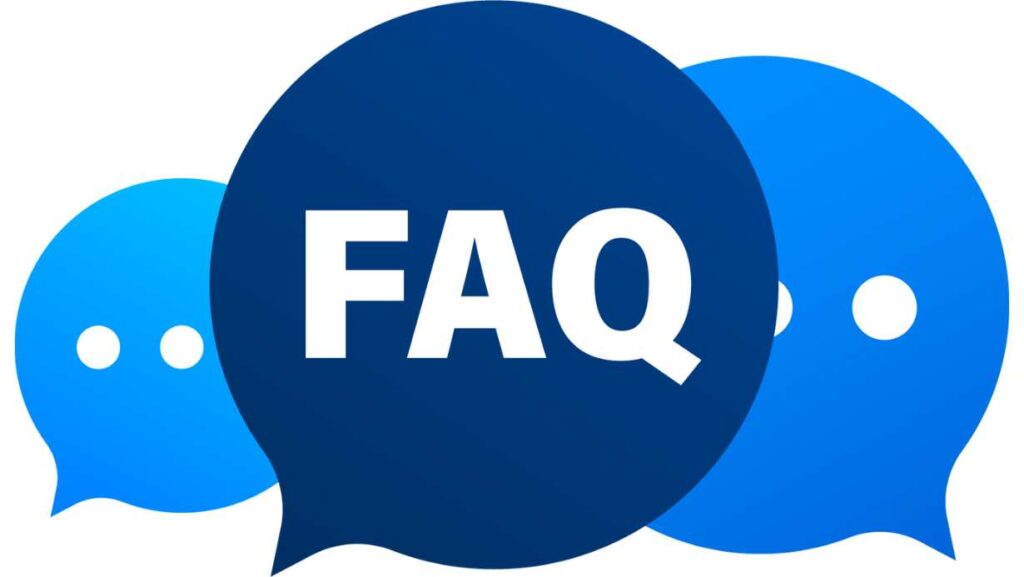
What is the best lead generation channel for B2B businesses?
The effectiveness of lead generation channels can vary, but for B2B businesses, LinkedIn often proves to be a valuable platform due to its professional networking focus.
How long does it take to see results from lead generation efforts?
It timelines can vary, but with a well-optimized strategy, you can start seeing results in a few weeks to a few months.
What is the role of AI in lead generation?
AI plays a significant role in automating tasks, personalizing content, and predicting lead behavior, making it a valuable tool in modern lead generation.
How can I ensure my lead database is GDPR compliant?
To ensure GDPR compliance, obtain clear consent, regularly update your database, and have a process for data removal upon request.
What should I do if my lead generation efforts are not yielding results?
If your efforts aren’t producing results, analyze your strategy, experiment with different approaches, and seek professional guidance if needed.
See Also: The 3 Best Free Email Marketing Tools and Services LookingLion




